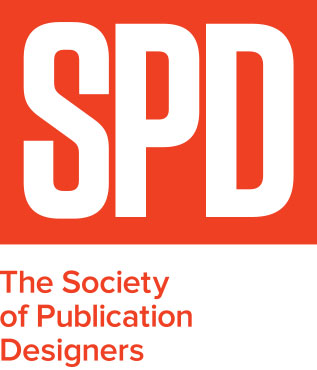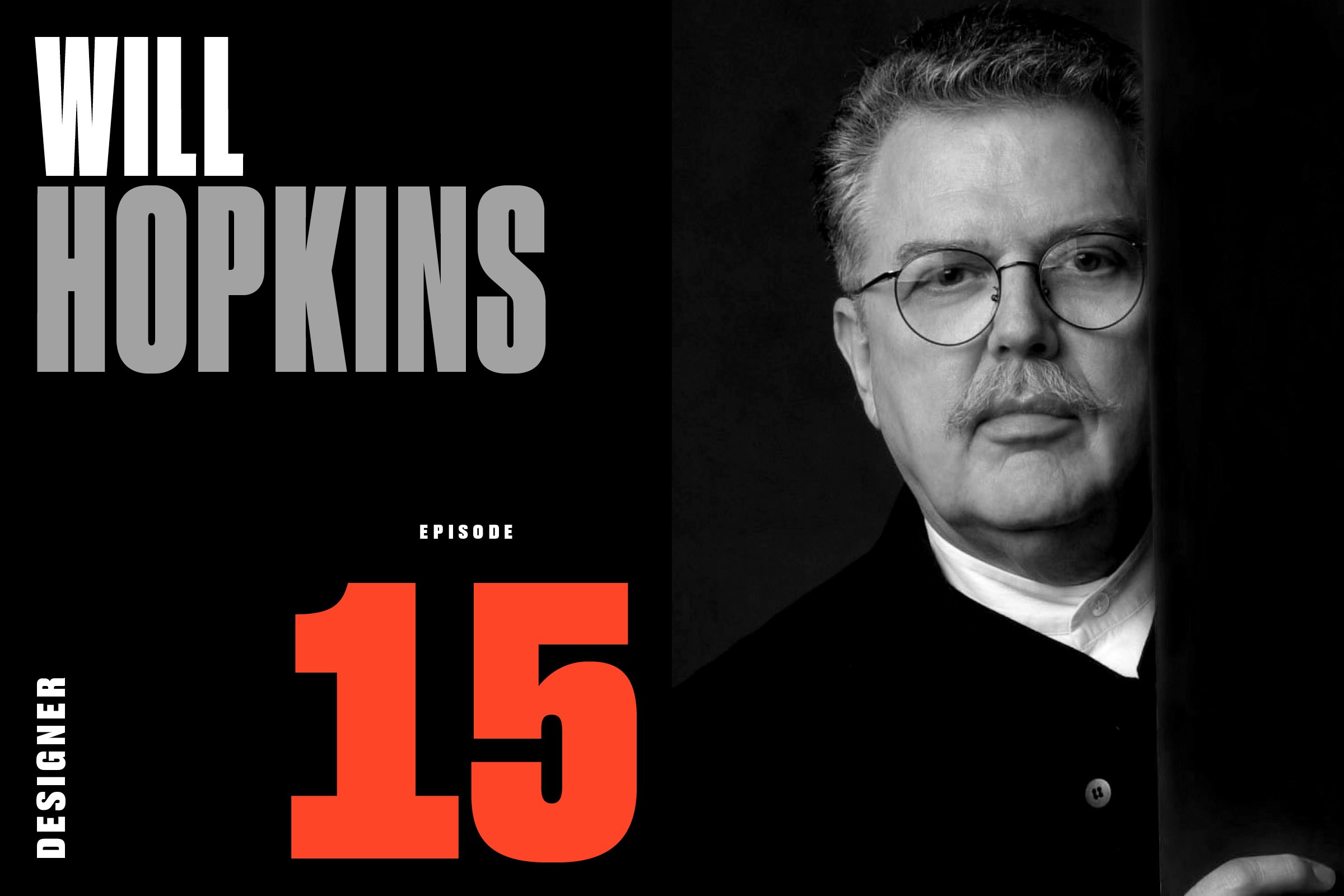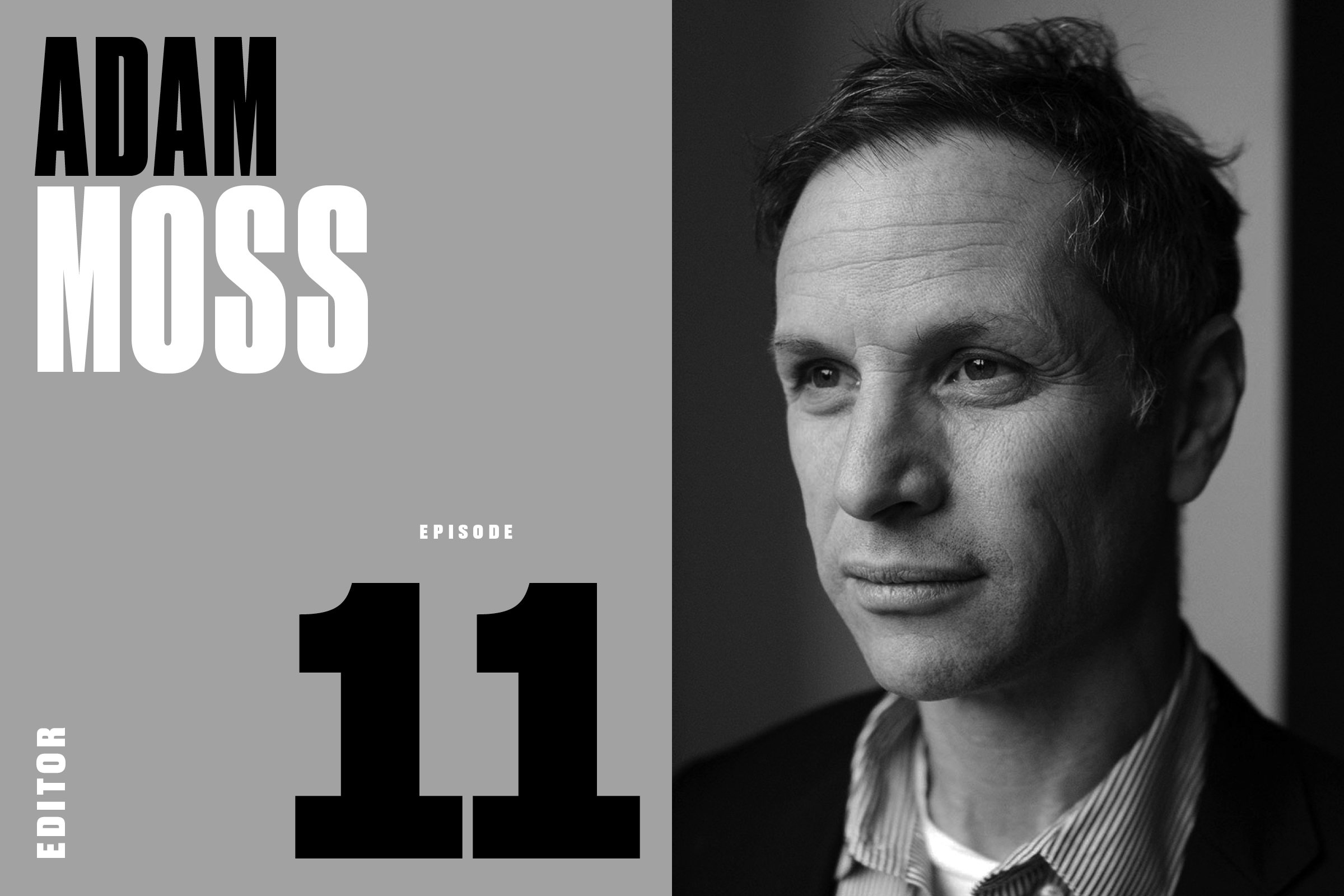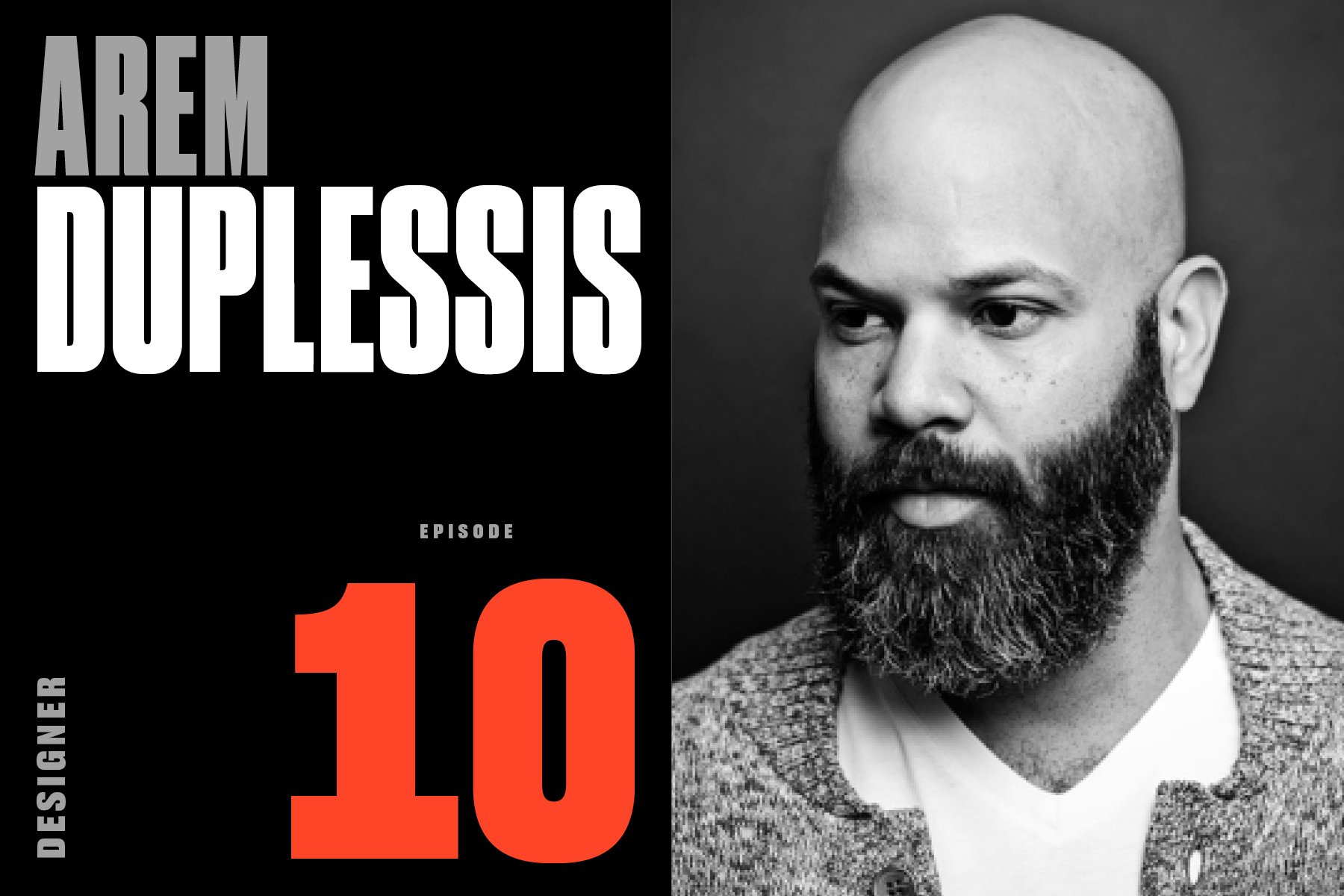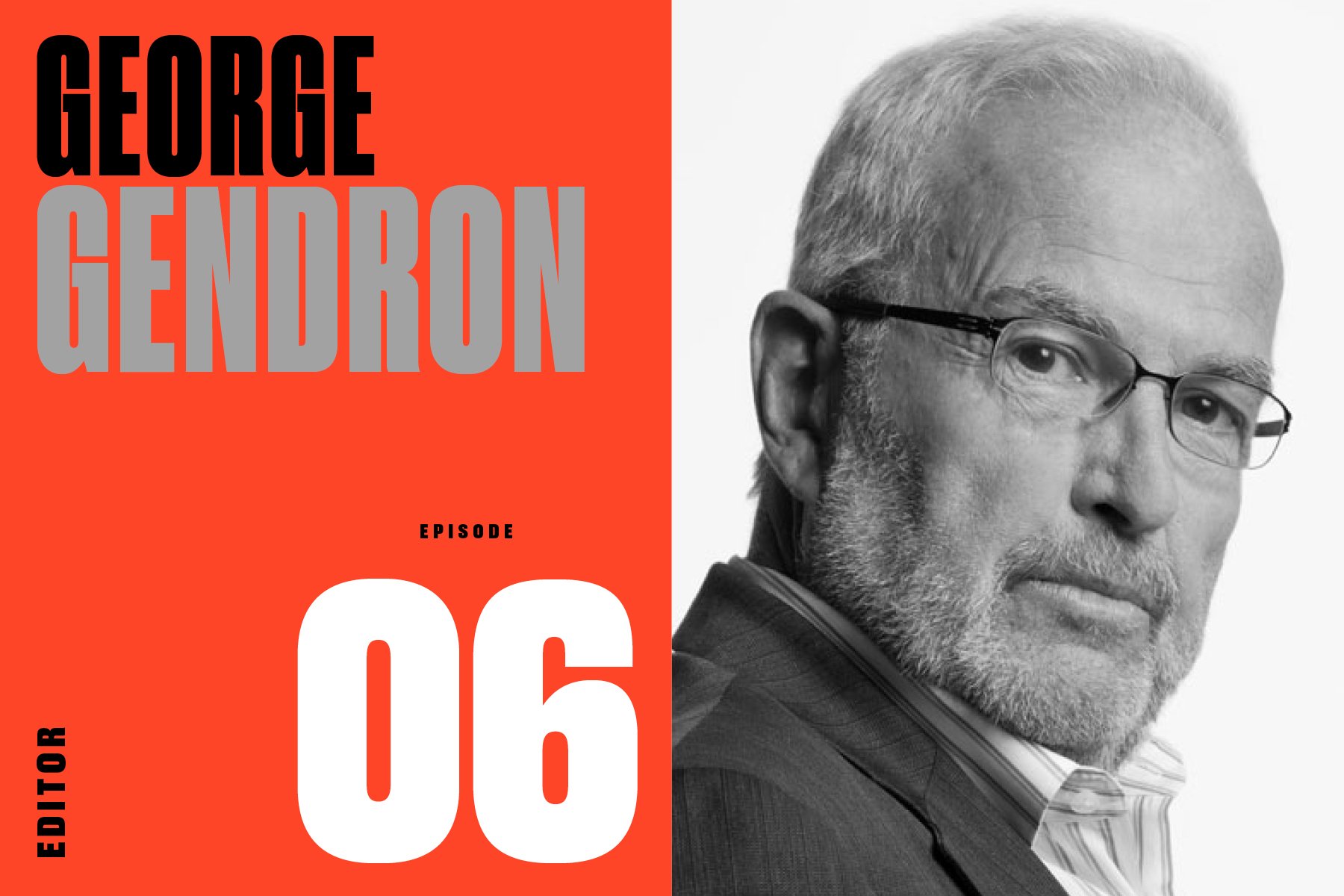Episode 18: David Granger (Editor: Esquire, more)
/We’re 18 episodes into this podcast, and, while several interesting themes have surfaced, one of the more unexpected threads is this: Nearly all magazine-inclined men dream of one day working at Esquire. Some women, too.
Turns out that’s also true for today’s guest, which is a good thing because that’s exactly what David Granger did.
“But all this time I’d been thinking about Esquire, longing for Esquire. It'd been my first magazine as a man, and I'd kept a very close eye on it.”
Unless you’re old enough to remember the days of Harold Hayes and George Lois, for all intents and purposes, David Granger IS Esquire. And in his nearly 20 years atop the masthead, the magazine won an astounding 17 ASME National Magazine Awards. It’s been a finalist 72 times. And, in 2020, Granger became a card-carrying member of the ASME Editors Hall of Fame.
When he arrived at Hearst, he took over a magazine that was running on the fumes of past glory. But he couldn’t completely ignore history. Here, he pays homage to his fellow Tennessean, who ran Esquire when Granger first discovered it in college.
“What Phillip Moffitt did was this magical thing that very few magazine editors actually succeed at, which is to show their readers how to make their lives better. And while he’s doing that, while he is providing tangible benefit, he also coaxes his readers to stay around for just amazing pieces of storytelling—or amazing photo displays or whatever it is—all the stuff that you do because it's ambitious and because it’s art.”
Upon taking over at Esquire, Granger’s instinct was to innovate—almost compulsively. Over the years, he’s introduced some of print’s most ambitious (and imitated) packaging conceits: What I’ve Learned, Funny Joke from a Beautiful Woman, The Genius Issue, What It Feels Like, and Drug of the Month, as well as radical innovations like an augmented reality issue, and the first print magazine with a digital cover.
Over and over, those who’ve worked with Granger stress his sense of loyalty. Ask any of his colleagues and you’ll hear a similar response: “David Granger is one of the finest editors America has ever produced. He also happens to be an exceptionally decent human being.”
At his star-studded going-away party after being let go by Hearst in 2016, Granger closed the evening with a toast that said it all: “This job made my life, as much as any job can make anybody’s life. It had almost nothing to do with me. It had everything to do with what you guys did under my watch. I’ve done exactly what I wanted to do—the only thing I’ve ever wanted to do—for the last 19 years. I’m the luckiest man in the world.”
We talked to Granger about retiring some of Esquire’s aging classics (Dubious Achievements, Sexiest Woman Alive), his surprising and life-changing Martha Stewart Moment, and what really went wrong with the magazine business.
